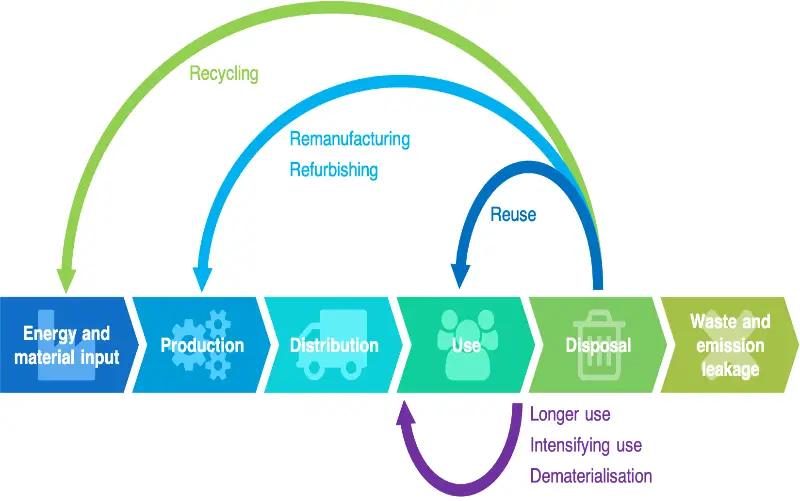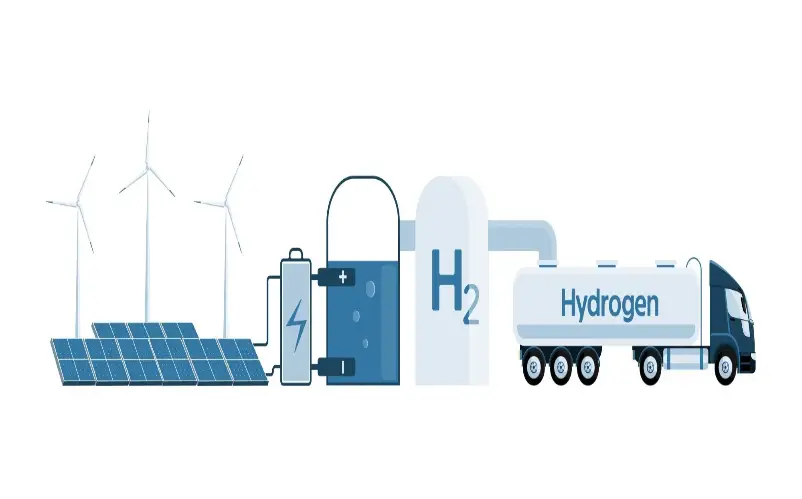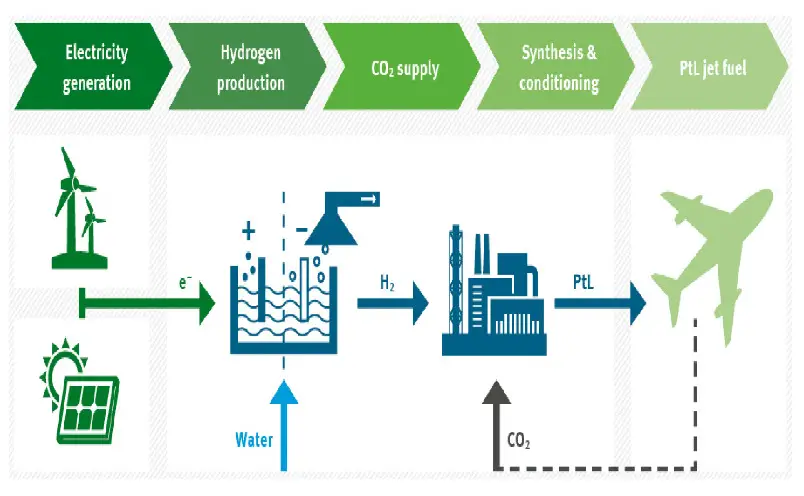The impact of climate change is being felt in almost every nation. Natural catastrophes like floods, cyclones, wildfires, and other extreme events serve as a warning of what lies ahead if prompt action is not taken. It will need work to develop, innovate, as well as aggressively adopt breakthrough technology, to accelerate the pace to attain net-zero emissions by 2030.
According to McKinsey research, the electricity industry must completely decarbonize by 2040 for the global climate targets to be met. The use of fossil fuels and other technological advancements, in particular, have contributed to climate change, but they have also made it possible for people to recognize their influence on the environment and create solutions to global warming.
1. Renewables
Global efforts are being made to find renewable energy sources, such as solar, wind, and hydropower. Geospatial technology may be used to manage facilities, do economic research, and predict in addition to helping to find the best places to produce renewable energy. Every aspect of modern life is powered by energy, and geospatial and location technologies are essential to the transition from fossil fuels to renewable energy sources.

2. Circular Economy
The circular economy idea has made it easier for businesses and the government to maximize resource utilization. IoT, AI, Blockchain, Big Data, and geospatial technologies all play a big part in supporting the circular economy, which helps with linking partners and suppliers, tracking the lifespan of products, and estimating the environmental effect of those products.
Many businesses are searching for cutting-edge ways to produce their goods; for instance, Lush Cosmetics has devised an AI-powered digital solution to create a store that uses no water, signs, or packaging. Similar to this, Topolytics developed an app for tracking trash flows in real-time in the UK, and it is now used in other nations.

3. Batteries And Energy Storage
Natural resource scarcity, increasing pollution causing climate change, and geopolitical conflicts like the Russian-Ukrainian War have made room for innovation in alternate energy sources. Electric cars, as well as developments like fluidized bed technology and the gasification of high ash coals, have discovered new growth opportunities in this area.
Coal gasification is anticipated to serve as the foundation for accessible clean fuels and as a feedstock replacement for the production of clean steel, hydrogen, ammonia, methanol, and other lower-carbon chemicals.

4. Building Technologies (BIM)
Another expanding sector is construction and for good reason. Infrastructure needs to be built to accommodate everyone due to the expanding population. The only way to improve the sustainability and environmental friendliness of the AEC industry is through the integration of geospatial and digital technologies.
BIM simplifies the AEC industry for more productivity, cost savings, return on investment (ROI), and quicker project durations. Using geographical data, the integration of BIM and GIS processes enables the monitoring of technical installations and tracking of energy usage, which aids in producing physical infrastructure that is both sustainable and energy-efficient.

5. Industrial-process Innovation
Industrial processes require sustainable solutions integrated with geospatial technology in the innovation if they are to stay ahead of the competition and fulfil future expectations. Due to the increasing pressure on governments to reach net-zero emission goals, climate technologies are taking the front stage.
Industry executives will have to balance their present assets’ short-term earnings potential against future chances for exponential development in the climate tech markets. They will have to decide how much more of their resources to devote to developing next-generation technologies as well as how much to devote to serving markets that are expected to start contracting.

6. Hydrogen
Since hydrogen fuel is a clean, non-toxic, and renewable source of energy, it is appropriate for use in vehicles and has the potential to replace many electric generation processes that now rely on fossil fuels, solar, or wind energy.
Because hydrogen can store more energy by weight than batteries, the aerospace company Airbus thinks it has a better chance of helping decarbonize airplanes. They assert that they could use hydrogen to fuel their aircraft by changing their current internal combustion engines.

7. Sustainable Fuels
Due to the limited availability of natural resources and the detrimental effects that their extraction is having on the environment, technologies are being developed to discover more sustainable answers to our current challenges.
While some firms are creating sustainable fuel from used plastic, other sources of food waste include packaging, paper, textiles, and food scraps that would otherwise end up in landfills and contribute to carbon emissions. These renewable fuels can be utilized in aircraft as well as biofuels.

8. Nature-based Solutions
Utilizing nature-based solutions, such as safeguarding, restoring, and sustainably managing natural ecosystems, biodiversity, and human well-being, is the greatest way to combat climate change. Geospatial technology is essential to addressing issues like preserving natural ecosystems, catastrophe risk reduction, and food and water security. The proper use of satellite images to locate places, native populations, and ocean health that require ongoing observation to foresee or report events, and respond promptly.

9. Carbon Removal, Capture And Storage
Technologies like satellite data, AI, and ML are utilized to map GHG emissions and monitor the earth’s surface. The International Energy Agency (IEA) estimates that to achieve net zero by 2070, more than 10 billion tonnes of carbon dioxide must be collected annually.
According to Michael Kearney, Partner at The Engine, “Carbon capture is necessary to achieve the global climate goals and lower cost solutions are essential for nations and companies to meet net zero emissions targets.” Low-cost carbon capture is essential to advancing decarbonization in important energy-intensive industries.

10. Agriculture And Food
Precision farming, autonomous farming, and agricultural technology play a vital role in addressing the concerns of food security by addressing the systemic obstacles, accelerating productivity, and mitigating the dangers. Many technological advancements, including blockchain, IoT, machine learning, and AI, have the potential to accelerate the transition to smart agriculture.
To maintain soil fertility and ensure excellent harvests, precision farming technologies determine soil moisture, crop health, needed fertilizer amount, insect management, and even the locations where droughts may occur.



















